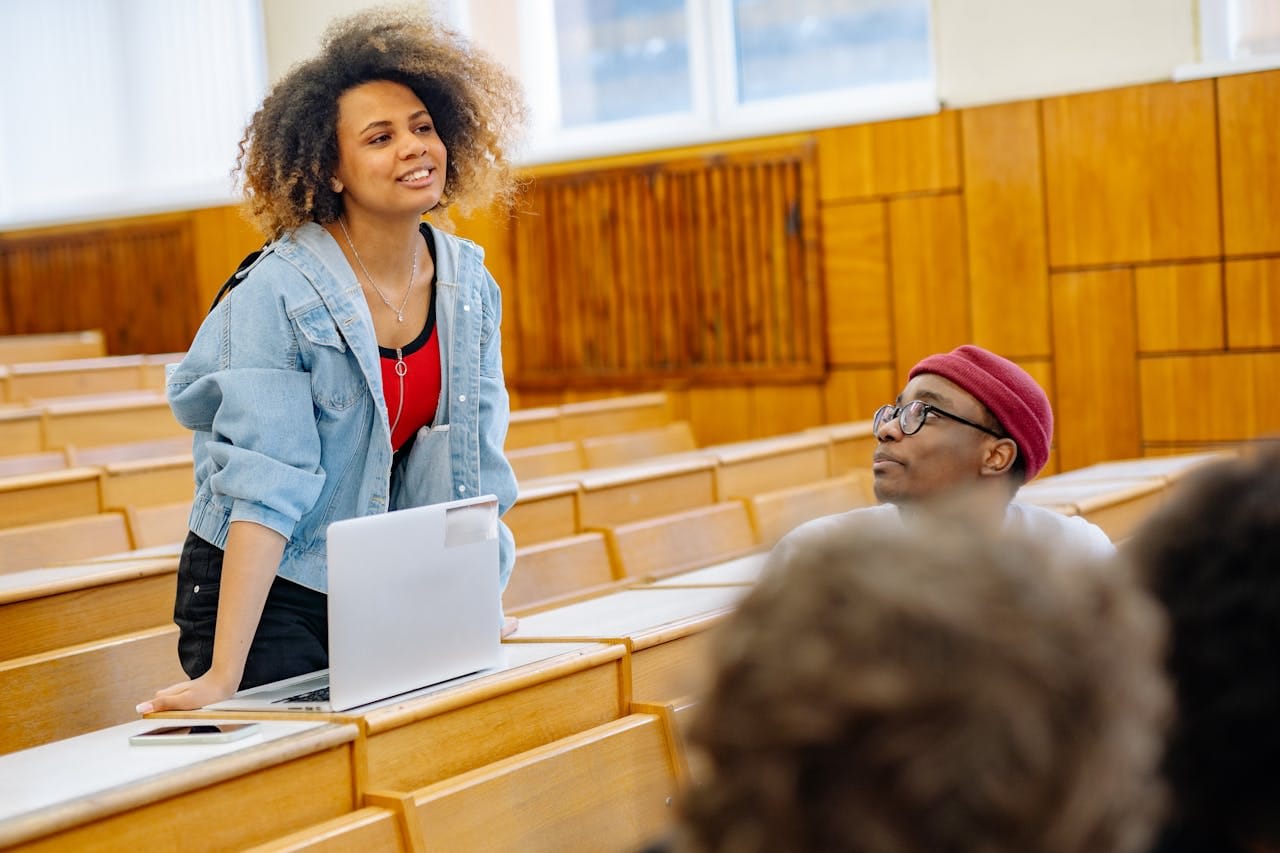Provocative Pedagogy
Provocative teaching methods are designed to challenge students' conventional thinking, evoke emotional engagement, and encourage critical and creative thought through non-standard, often surprising, approaches.

Provocative teaching methods are designed to challenge students' conventional thinking, evoke emotional engagement, and encourage critical and creative thought through non-standard, often surprising, approaches. These methods often break stereotypes, integrate novelty, and use game-like scenarios or thought experiments to stimulate deeper learning.
💡 Lessons learnt: Every experience is a form of exploration.
Learning doesn’t happen in a comfort zone. Real growth comes from being uncomfortable, from questioning what we thought we knew, and from exploring ideas that push boundaries. Provocative pedagogy thrives on this mindset. It aims not to teach students what to think but challenge them to figure out how to think critically, creatively, and independently. The point isn’t to arrive at a unanimous answer—it’s to create organised discourse, encourage curiosity, and lead students to consider perspectives they might never have explored otherwise.
Provocative teaching methods also thrive on real-world relevance. Real-world relevance makes lessons more memorable and impactful, helping students retain knowledge. This also promotes interdisciplinary learning, as students integrate knowledge from various fields to understand and solve practical problems.
Of course, it’s not all smooth sailing. Provocative pedagogy requires a teacher who can navigate these conversations thoughtfully, creating a space where students feel free to express their ideas but are also encouraged to back them up with evidence and logic. A good teacher knows when to step in and when to let the discussion flow organically.
Practical Examples of Provocative Pedagogy In Everyday Teaching
Social Studies: The Debate
In a high school civics class, instead of a lecture on voting rights, the teacher asks:
“Should voting be mandatory for everyone, even if they don’t feel informed about the issues?”
At first, there might be silence. But soon, hands shoot up. One student argues that mandatory voting ensures democracy. Another counters, saying it could lead to uninformed decisions. Suddenly, the classroom is a mini think tank where students evaluate real-world implications.
Science: Rethinking the Sun in a Physics Class
In a physics class, the teacher asks:
“What would happen to our solar system if the Sun were only half its size?”
One student says, “The planets would drift away because the Sun’s gravity would be weaker!” Another jumps in, “Wait, wouldn’t the Earth get colder and life might not survive?”
The teacher nudges them further: “What about the length of a year? Would it stay the same?”
Students start connecting dots—gravity, light, heat, and orbit speed. By the end, they’ve not only explored real physics concepts like gravitational force and orbital mechanics but also stretched their minds to think critically about cause and effect.
History: Historical What-Ifs
In a history lesson, you might introduce a provocative twist:
“What if World War II had ended differently? How would today’s global alliances look?”
This encourages students to think critically about cause and effect, power dynamics, and how history shapes our present. Plus, it lets them tap into their creativity, crafting alternative outcomes based on their understanding of the past.
Management: Business and Social Responsibility
In a business class, you could challenge students with a scenario:
“Your company can either maximize profits or reduce its environmental impact—but not both. Which do you choose, and why?”
It becomes a discussion of balancing values, ethics, and economic realities.
Challenges of Provocative Pedagogy and How to Overcome Them
Challenge 1: Managing Sensitive Topics
Provocative questions often tread into controversial or emotionally charged territory. Discussions about politics, ethics, or inequality usually creates passionate disagreements, and not every student feels comfortable engaging in such debates.
To Overcome It.
Set Ground Rules: Establish a culture of respect from day one. Make it clear that all opinions are welcome, but they must be expressed respectfully. Encourage Empathy: Remind students to listen as much as they speak. Encourage them to ask questions to understand, not to argue. Offer Opt-Outs: For highly sensitive topics, allow students to write reflections or engage in smaller group discussions if they’re uncomfortable sharing in a larger setting.
Challenge 2: Navigating the “Right Answer” Mindset
Many students are used to the usual questions and answers where there’s a clear, correct answer. Shifting to an open-ended, exploratory approach can feel confusing or even frustrating at first.
To Overcome It.
Explain the why:Be upfront about the purpose of the activity. Help students understand that the goal isn’t to memorize facts but to develop critical thinking and problem-solving skills. Celebrate All Contributions: Validate every thoughtful response, even if it’s “wrong” by normal standards. This reinforces the idea that the process of thinking is just as important as the outcome.
Challenge 3: Time Constraints
Open-ended discussions and debates take time—something most educators don’t have in abundance.
To Overcome It.
Plan Strategically: Incorporate provocative pedagogy in key moments where it adds the most value. Not every lesson needs to be a debate; sometimes, a quick thought-provoking question at the start or end of class is enough. Blend Methods: Use provocative questions alongside other teaching methods. For example, follow up a lecture with a provocative question to reinforce the content while encouraging deeper thinking.

